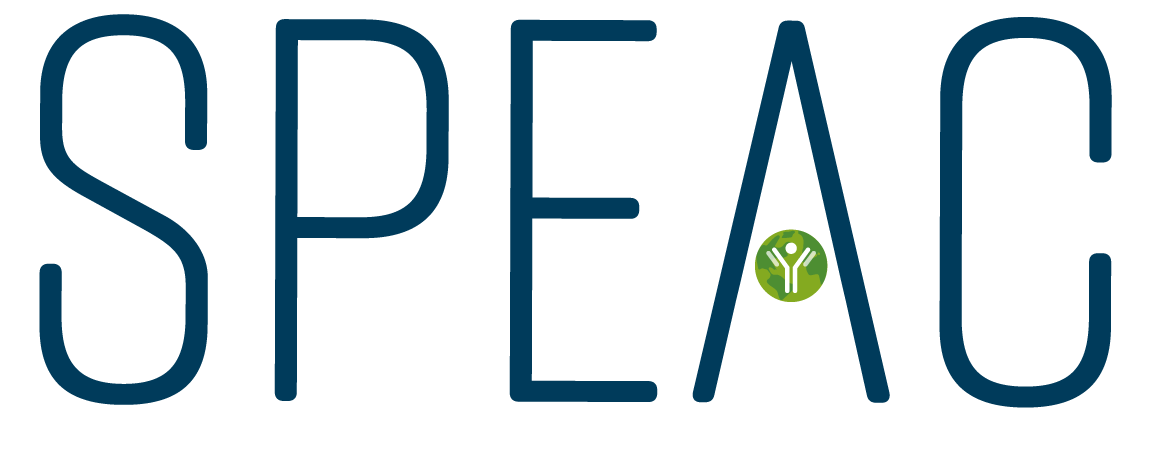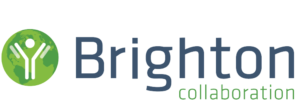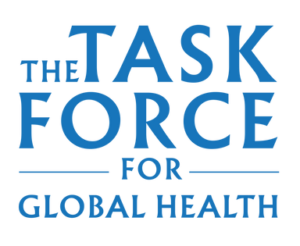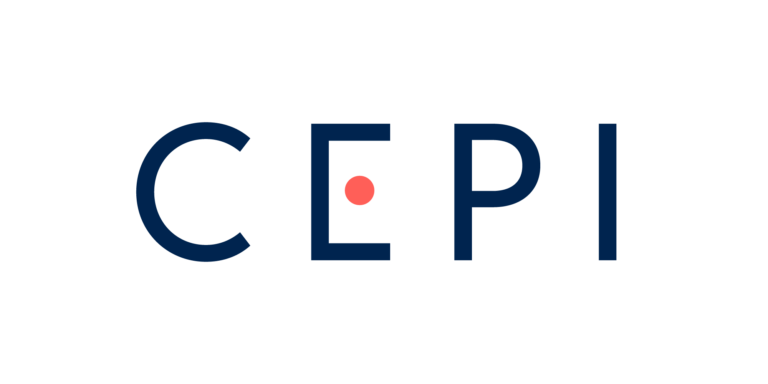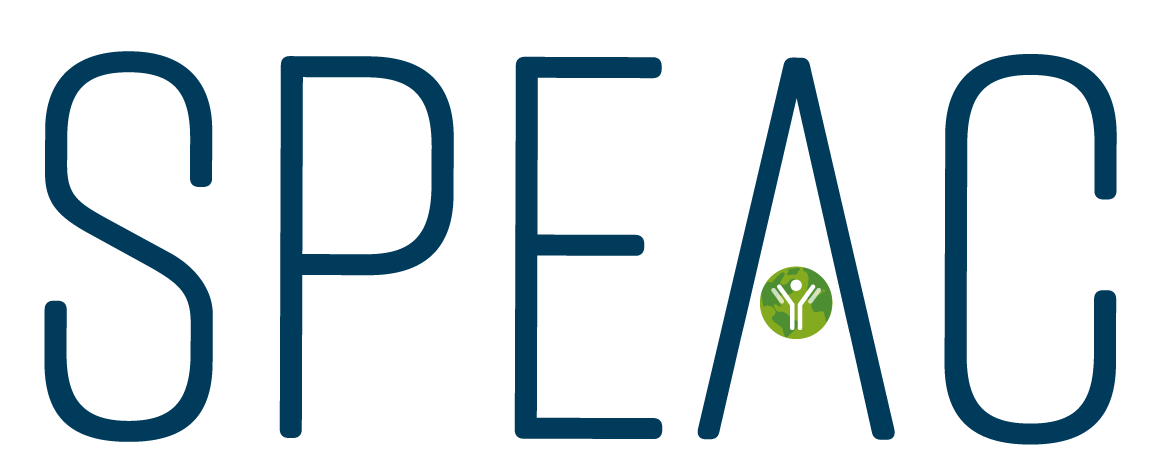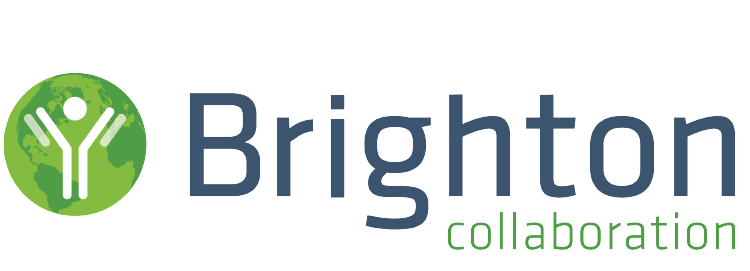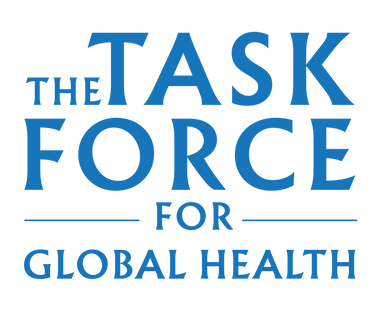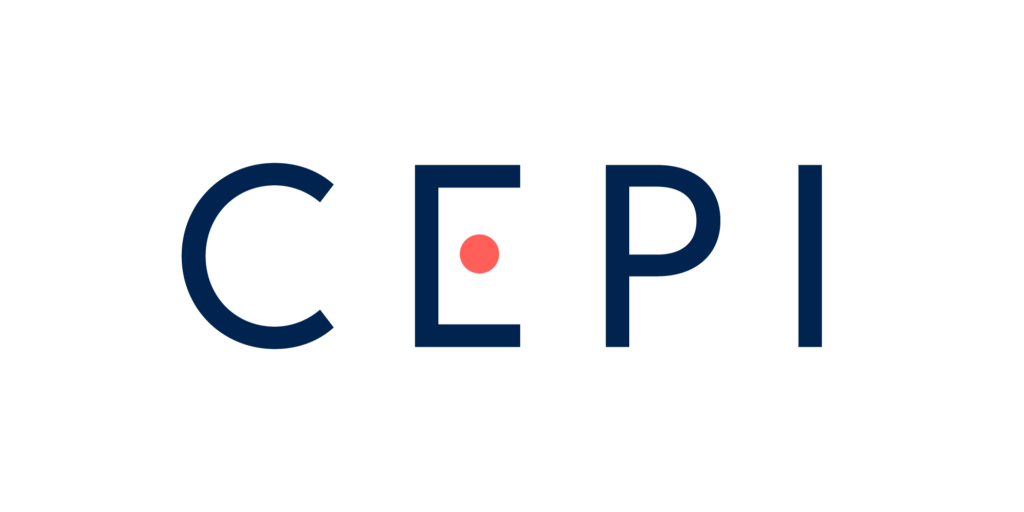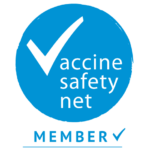The World Vaccine Congress was held in Washington, D.C. from April 1 – 4, 2024. The Safety Platform for Emergency vACcines (SPEAC) Project’s Scientific Director, Dr. Bob Chen, Research Director, Dr. Eileen Farnon, and Digital Transformation Lead, Dr. Dale Nordenberg, joined more than 5,000 other participants to explore the conference theme of “R&D and Strategic Partnering for the Global Vaccine Industry.”
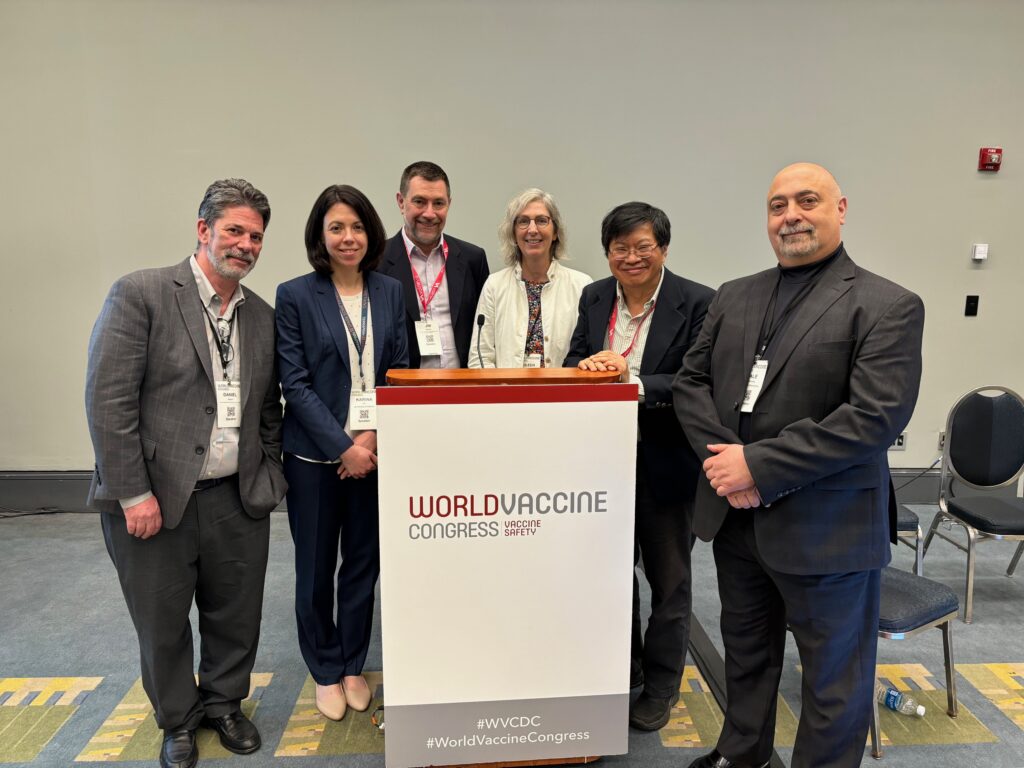
The four-day conference covered topics in several tracks including clinical trials, immune profiling, market access, supply and logistics, manufacturing, emerging and re-emerging diseases, partnerships, and vaccine safety. Participants had the opportunity to hear from more than 450 speakers.
In the vaccine safety track, Bob Chen and Dale Nordenberg presented on the SPEAC Project’s work with Brighton Collaboration Case Definitions (CDs) and the digital transformation of SPEAC products for pandemic preparedness. They reflected on recent and current challenges, such as the development of multiple CDs for the same AESI, the need to update interim CDs, and the use of diverse data platforms in different settings. They shared progress toward improved digital safety services to facilitate the harmonization of approaches across studies through the SPEAC Safety Portal, an online platform for vaccine safety operations and services. The SPEAC Safety Portal is currently under development as part of the SPEAC Project.
Daniel Salmon, a former member of the Brighton Collaboration Science Board, also presented a talk co-authored by Bob Chen and others, titled, “Funding for Post-Authorization Vaccine Safety: Prevention of Vaccine Injuries and Improving Vaccine Confidence.” The presentation covered proposed changes to U.S. vaccine safety funding to better strengthen vaccine safety monitoring for the U.S. population, from clinical trials to post-authorization safety monitoring, with a focus on understanding the pathogenesis of any identified vaccine risks for future prevention.
The other talks in the vaccine safety track included non-specific effects of vaccines; a presentation from the International Network of Special Immunization Services (INSIS) about the biological mechanisms of AESIs and enhancing capacity for vaccine safety studies in low and middle-income countries (LMICs); a presentation from The United States Pharmacopeial Convention (USP) about strengthening pharmacovigilance systems in Africa; the development and expansion of the US CDC’s V-safe safety monitoring system; attenuation of a horsepox vaccine to target Mpox and smallpox; an FDA assessment of stroke risk after bivalent COVID-19 and influenza vaccines; responding to scientific and community concerns regarding acute disseminated encephalomyelitis (ADEM), transverse myelitis, and tinnitus in Australia; and a panel discussion regarding the formation of public-private partnerships to advance vaccine safety.
Key takeaways from the conference include findings suggesting possible effects of the sequence of live and killed vaccines influencing outcomes of other infectious disease exposures; reviewing the INSIS protocol to better characterize the pathophysiology of AESIs in four countries; the V-safe program soliciting AEFI reporting after COVID-19 vaccination to include Mpox and RSV maternal and older adult vaccines; the scope of USP programs to increase pharmacovigilance capacity in LMICs; the preclinical development of a mildly-replicating pan-orthopoxvirus vaccine candidate; the slightly increased risk of stroke after concomitant COVID-19 mRNA and influenza vaccination; and the use of the Global Vaccine Data Network (GVDN) to detect an increased risk of ADEM and transverse myelitis after ChAdOx COVID-19 vaccine but not mRNA vaccines.
